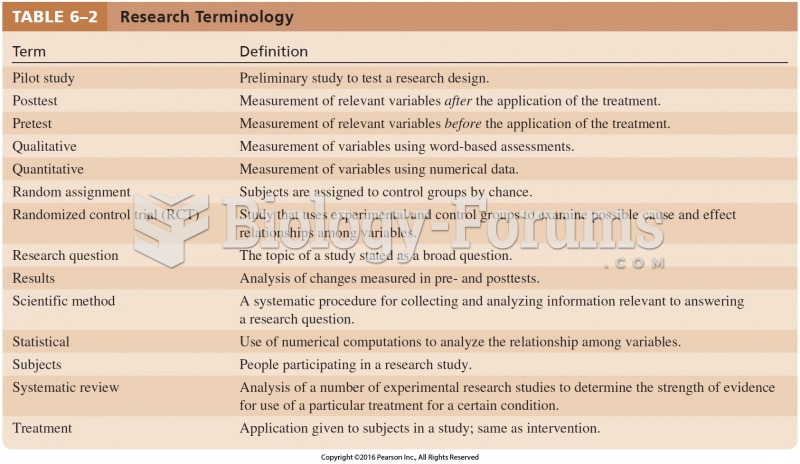Answer to Question 1
In a well-managed classroom students complete clearly understood assignments in a busy, but pleasant, atmosphere. The basic characteristics of well-managed classrooms are as follows:
a.Before the first day of class, the teacher has created a set of procedures and activities that
allow for classroom routines to be conducted efficiently. The teacher also explains why the procedures are necessary and how they are to be carried out.
b. The teacher posts and/or announces a list of classroom rules as well as the penalties for not following them.
c. For the first few weeks the teacher actively leads whole-class activities.
d. The teacher maintains control of student behavior by using the techniques described by
Jacob Kounin.
e. The teacher gives clear directions, holds students accountable for completing assignments, and gives feedback without being punitive.
f. The teacher demonstrates a caring orientation toward students. That is, the teacher shows that he or she is interested in them and is willing to support their efforts to learn.
Teachers need to make the instructional objectives known and understandable to the students so the students will be able to tell when they have achieved the criteria. This helps students to develop an increased awareness of their own achievements. It also helps them become aware of deficiencies in their learning. Without that awareness, students could not know where to direct their own learning. As discussed in Chapter 10, one goal of instruction, from the constructivist perspective, is to help students become self-directed learners. Students also need teachers to provide clear instructions so they know what they are expected to do.
Teacher guidance, and interaction with students as they learn, helps students to gain competency at new skills and keeps them busy. Little time will be wasted, and distracting teacher and student behaviors may be avoided, when lessons are carefully planned. However, students will be relaxed and feel safe from failure in the classroom only if there is a pleasant and supportive environment.
Answer to Question 2
Descriptions and sample applications of each technique follow:
a.Withitness: The processes by which teachers are alert to behavior in all areas of the classroom so that they can head off discipline problems before they get out of control. Example: A teacher, who is working with one group of students, pauses to ask a student across the room what he is doing because she sensed that he was getting off-task.
b. Overlapping: A classroom situation where teachers have some students finishing one activity while others are starting a new activity. Example: Students who finish their spelling lesson early may begin to work on their portfolio projects.
c. Smoothness: Allowing an easy transition from one activity to another. Such transitional periods are often situations that invite student misbehavior. Example: Classroom procedure requires all students to quietly and quickly put away materials from one lesson and then assemble all necessary materials for the next lesson on top of their desks.
d. Momentum: The ongoing learning process in which students are actively engaged in the lesson. Teachers must be careful not to disrupt this process. Example: A teacher stops a classroom discussion to inquire about a lunch sack left on the floor, interrupting her class's momentum and causing some students to be unable to refocus their attention to the task.
e. Involvement: The principle that requires the rest of the class to be working, even when the teacher must deal with an individual student. Example, The students complete their math worksheets while the teacher works with one student who is particularly confused with the new method they are learning.
f. Variety: This refers to the need for different types of activities in the classroom to maintain student attention and involvement. Example: The teacher who notices that her students are becoming bored with the lesson on genetics decides to open up a discussion about the ethics involved in cloning.
g. Enthusiasm: Teachers need to be able to excite students about the lesson. Example: The chemistry teacher illustrated the movement of gas molecules by pretending that he was one. He bounced around, from his desk to the wall, in front of the classroom.
h. Ripple effect: This happens when the whole group responds to a reprimand delivered to an individual. Example: When the teacher told one boy to stand quietly in line, the whole line quieted down.







